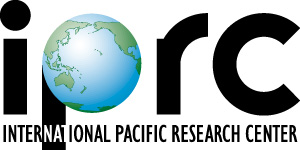  |
||
|
Tibetan Plateau Warming and Precipitation Changes in East Asia
ABSTRACT Observational evidence presented here indicates that the surface temperatures on the Tibetan Plateau (TP) have increased by about 1.8oC over the past 50 years. The precipitation pattern that is projected as a result of this warming resembles the leading pattern of precipitation variations in East Asia (EA). Numerical experiments with atmospheric general circulation models show that atmospheric heating induced by the rising TP temperatures can enhance East Asian subtropical frontal rainfall. The mechanism of the linkage is found to be through two distinct Rossby wave trains and the isentropic uplift to the east of the TP, which deform the western Pacific Subtropical High and enhance moisture convergence toward the EA subtropical front. The model calculations suggest that the past changes in TP temperatures and EA summer rainfall may be linked, and that projected future increases in TP temperatures may lead to further enhanced summer frontal rainfall in EA region. |
||